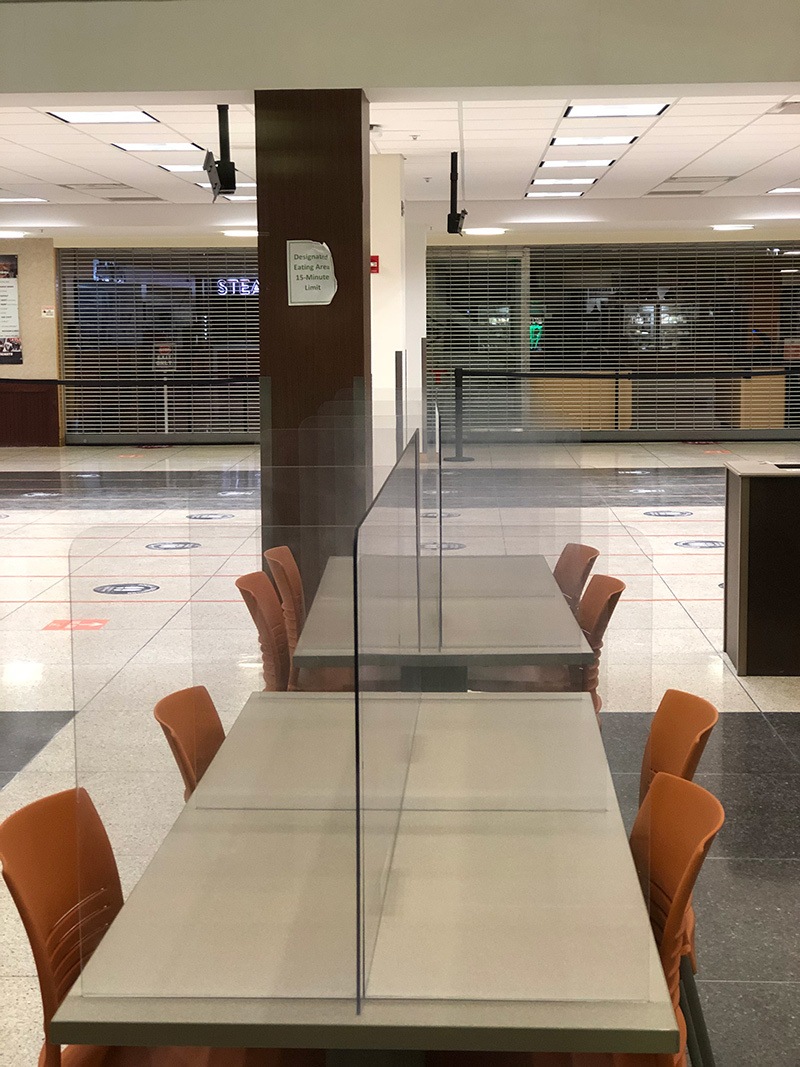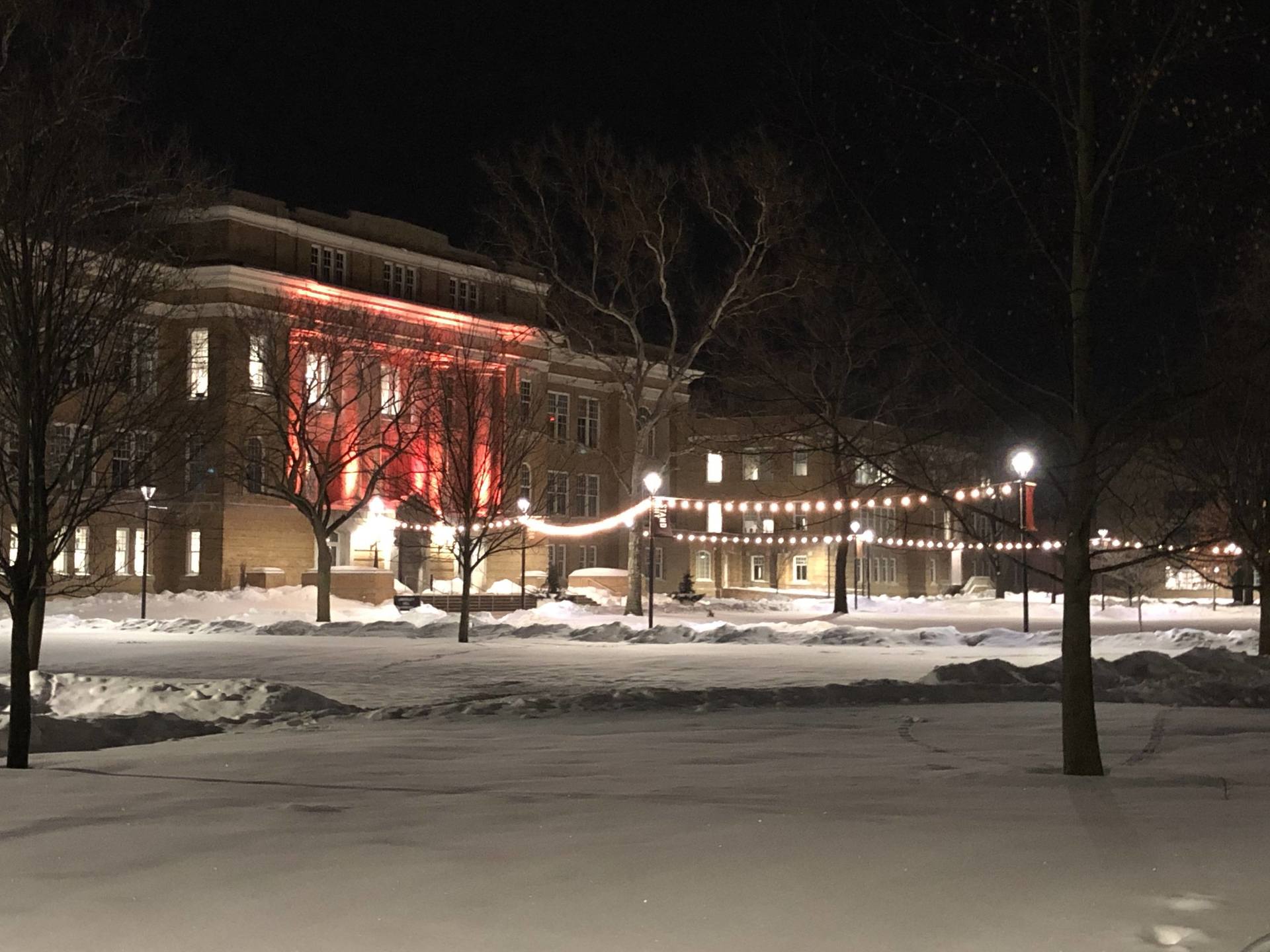
BGSU archives collects and preserves COVID memories
Falcon family members share photos, essays, audio and video recordings of COVID moments in time
By Julie Carle
Like most of the country, Bowling Green State University felt the impact of the coronavirus once the pandemic was declared in March 2020.
Pandemic life was different than most people had ever experienced. Physical distancing, isolation and quarantining, remote work and classes were the new normal and campus became less populated and mostly quiet.
When that happened, the University Libraries decided to find a way to document BGSU experiences throughout the pandemic, and BGSU COVID -19 Stories was created.
Michelle Sweetser, head librarian for the Center for Archival Collections, asked other colleges, universities and cultural heritage organizations what they were doing. University Archivist Jennifer Long Morehart was tasked with developing a vision for what a project documenting COVID-19 at BGSU might look like.

“The vision was that BGSU COVID-19 Stories would document the experiences of the Falcon family – students, faculty, staff, alumni and friends, family members, neighbors, local businesses and anyone else connected with BGSU,” Morehart said. “I also had a secondary, personal vision that the collection might be a place where the BGSU community could learn about others’ experiences, contribute their own during the pandemic and know that they were not alone.
“I had some general ideas of what might be submitted, but at the same time, I also wanted to have options for contributions beyond what we might envision. We tried to prepare for the broadest content possible, and while there was a need to balance resources and technical capabilities with contributions, I also did not want to limit contributors’ self-expression.”
The response has been impressive. During the past year, nearly 1,700 submissions have been logged, including journal entries, essays, images, audio and video files and even artwork.
Regardless of the format, each submission tells a story. There are many images of signage on campus buildings and businesses that explain the expectations for distancing, face coverings and pathways.
The novelty of the Starship robots trekking across campus and into town is captured in a number of the photos and videos in the collection. Moments in time are included such as the empty paper aisle at a local store in March 2020, low gas prices from April 2020, an Ohio Air National Guard flyover in May 2020 and ”Wine with DeWine” in March 2020. A journal entry points out the “odd avatars on Zoom” and another addresses the difficulty of finding a “safe space” to do online classes.

Morehart explained that the collection provides eyewitness accounts of BGSU community experiences during the pandemic.
“The collection portrays many of the challenges and, in some cases, the trauma of the pandemic. At the same time, it also shows how people might have tried to find the positive, tried to be positive and have had realizations that they might not have experienced otherwise.”
The University archives is known for its extensive collection of records, from BGSU Trustees, offices, colleges and departments to student organizations and publications that document student voices.
“The COVID-19 pandemic is a major, global and historic event. Documenting the BGSU community’s pandemic experience will help us record this important event, understand people’s perspectives moving forward, and in the future, inform our understanding of how post-pandemic life came to be,” Morehart said.
Submissions are still possible by accessing the website.
The BGSU COVID-19 Stories will be available for future Falcons and future generations to review and understand about life during the pandemic of 2020-21.
“Because web technologies change with time and new platforms are certain to emerge, the site may not remain available in its current instantiation forever,” Sweetser said. “Contributions to the project will be preserved and made accessible at the Center for Archival Collections as a part of our primary mission.”
Updated: 03/19/2021 10:11AM
